
Contraception
A guide to family planning
An educational
initiative
supported by

Written by experienced doctors, midwives and other medical professionals – and approved by a specialist Editorial Board
Enhancing the Welfare of Women
Expert Health Information for Women
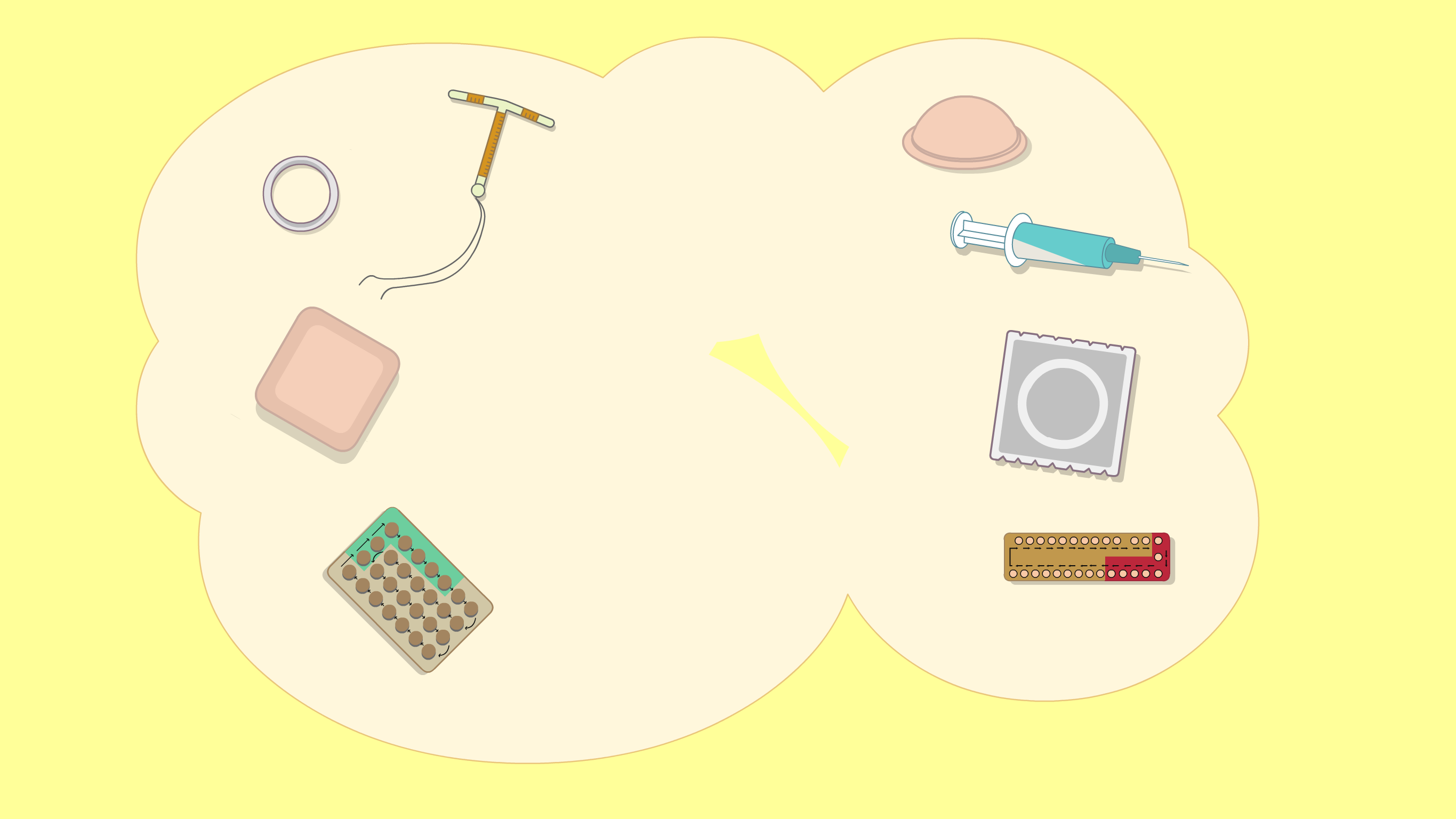



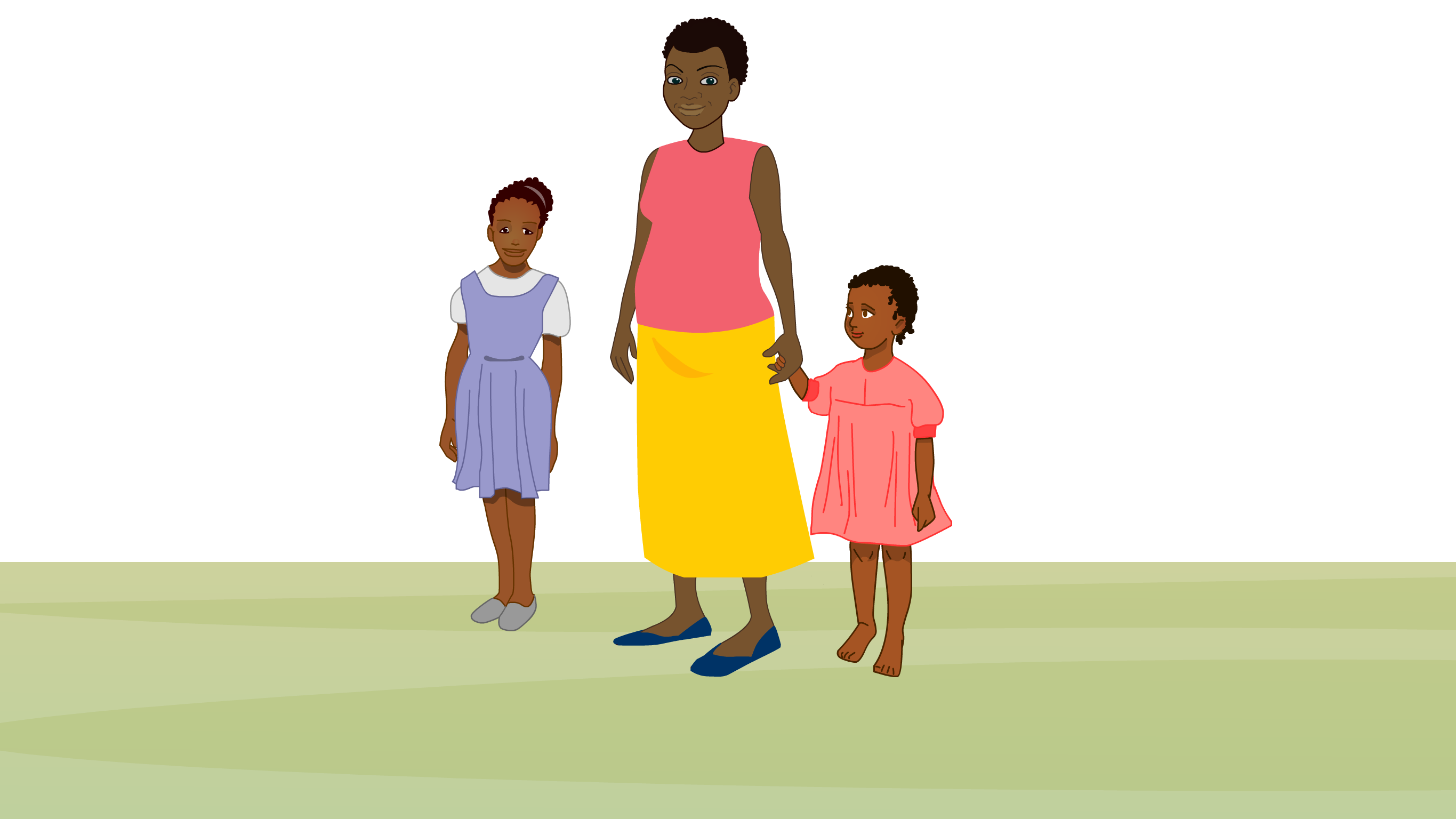

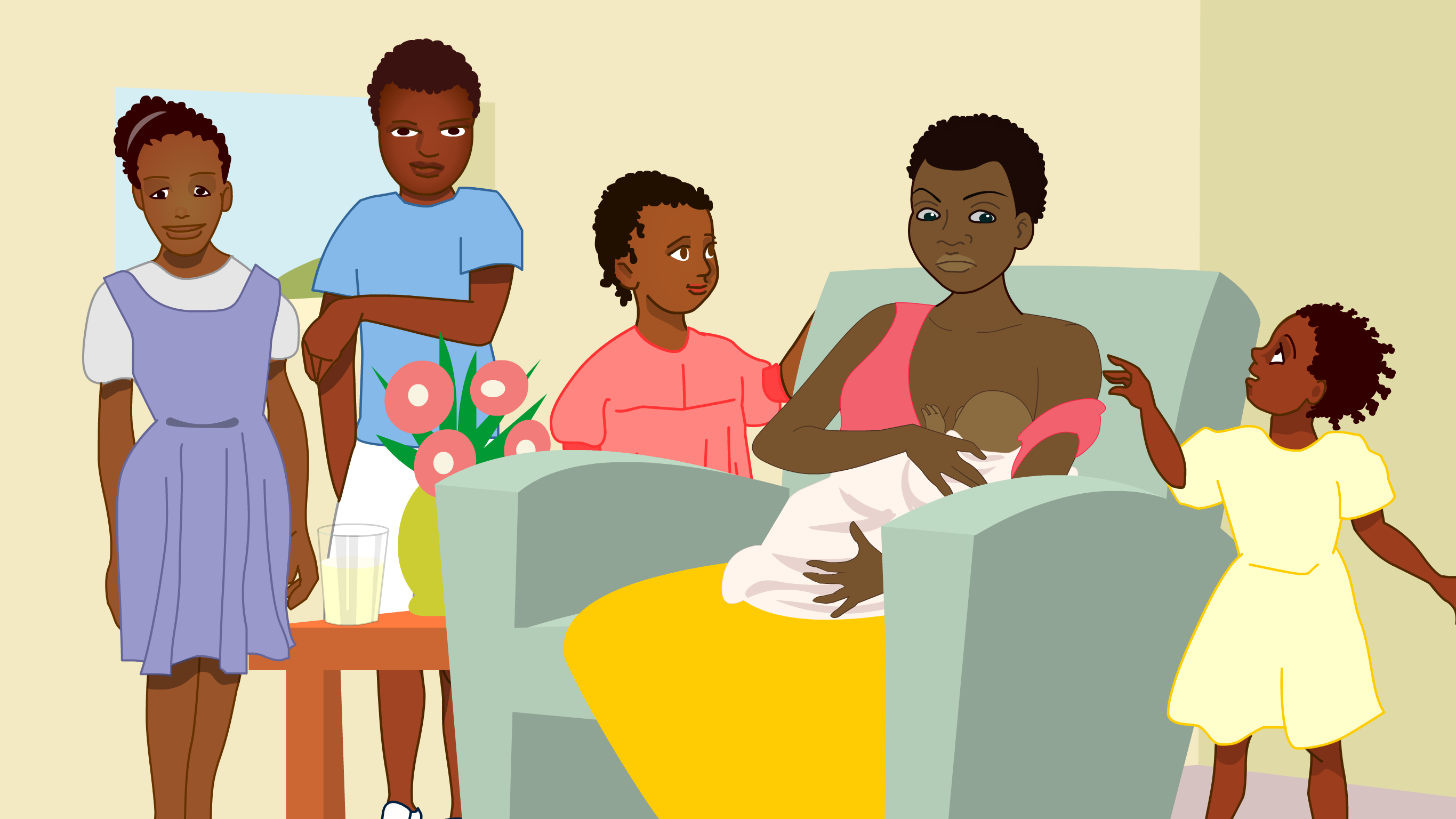
It is safer than having a pregnancy too soon.
















– implants which are inserted into the arm
– injections which are given into the bottom or leg.





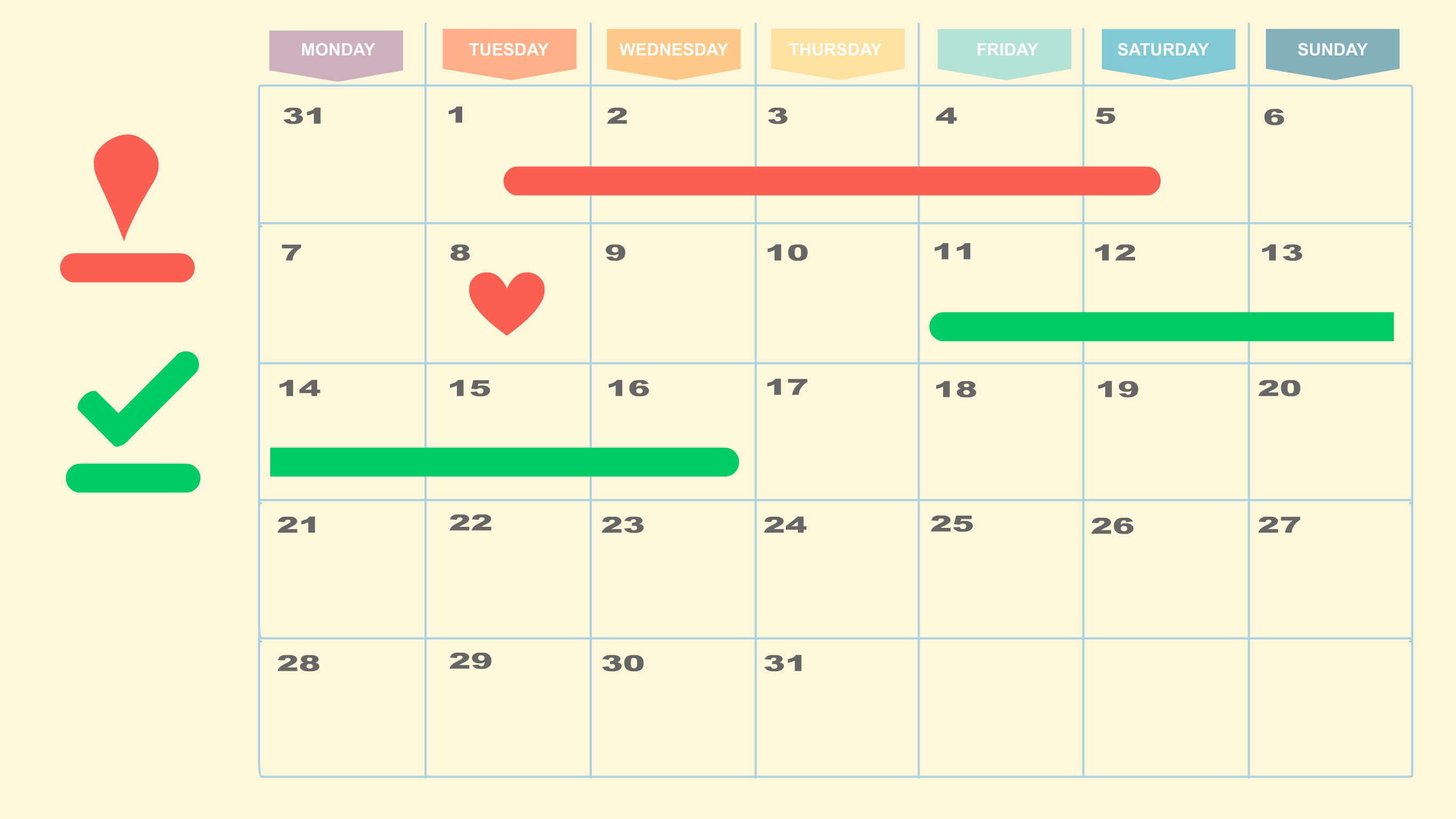










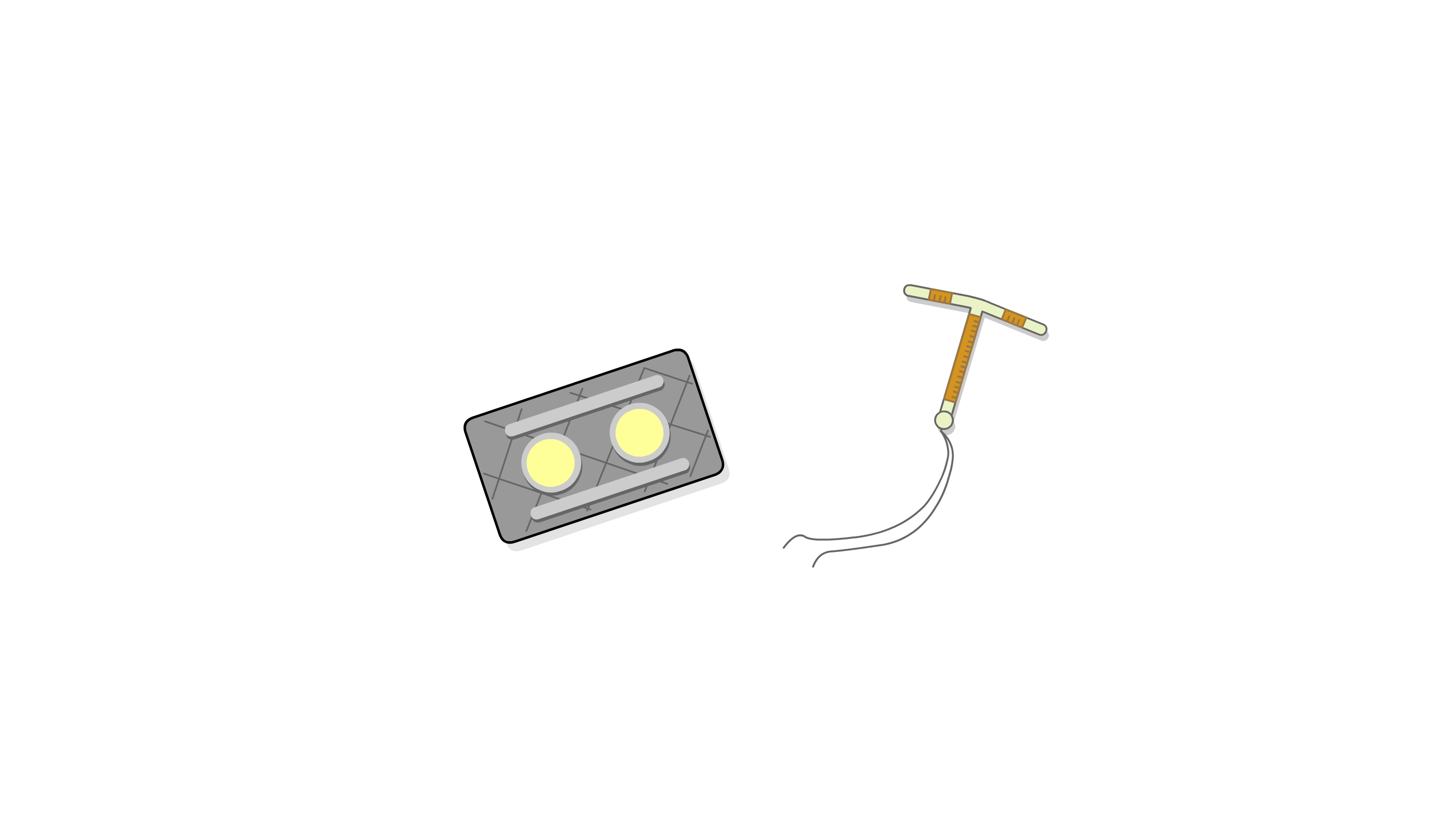


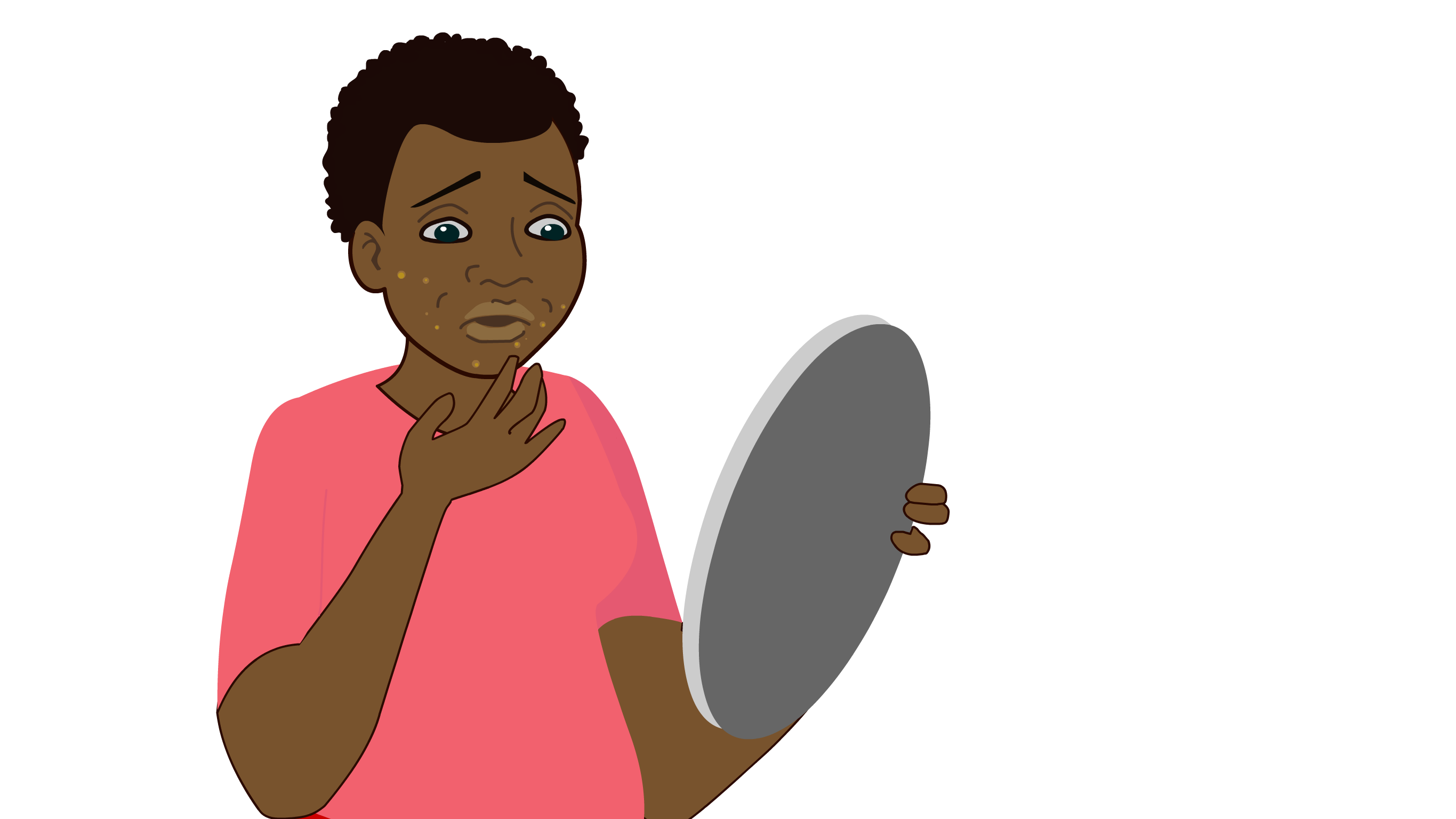



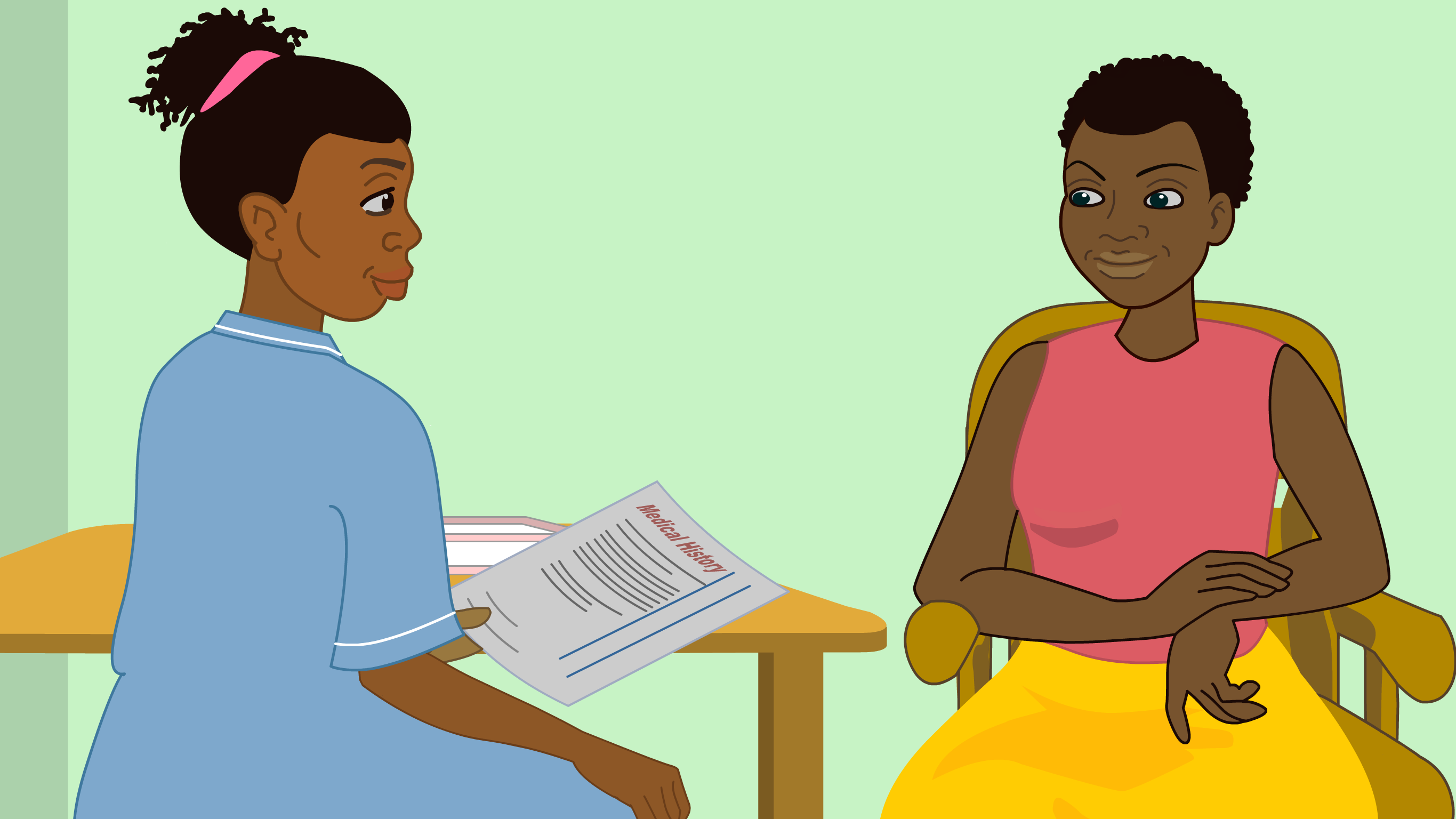

The author of this CONTRACEPTION program is:
- Dr Anna Graham
King’s College Hospital NHS Foundation Trust, London, UK
The Welfare of Women program has been created under the General Editorship of Dr Kate Lightly, University of Liverpool, UK and is overseen by an expert International Editorial Board
The cost of producing this resource has been partly funded by an educational grant from GSK
What is contraception?
Contraception is a family planning tool – or – method that can help you stop getting pregnant from having sex. Contraception helps you plan when to have a baby and the number of children you want to have.
When is it safest to plan a pregnancy?
Although having a baby is usually quite safe, it is safest for you and your baby if you:
- wait until you are at least 20 years old to get pregnant
- wait at least 2 years after you have a baby to get pregnant again
- have no more than four babies in total
- do not get pregnant when you do not want to have a baby
Planning is important as it helps stop your babies from being born too soon, being too small or even dying. It also lets your body recover between pregnancies.
Is contraception safe?
Contraception is very safe. It is safer than being pregnant or having a pregnancy that you did not plan. Most methods of contraception are safe for most people, but if you are older than 35 and smoke or have a medical illness, you should talk to a healthcare worker about which method is safest for you.
What are the different methods of contraception?
There are many types of contraception. These can be grouped into:
- long-acting reversible contraception (LARC)
- hormonal contraception
- barrier methods
- fertility awareness method
- emergency contraception
- sterilization
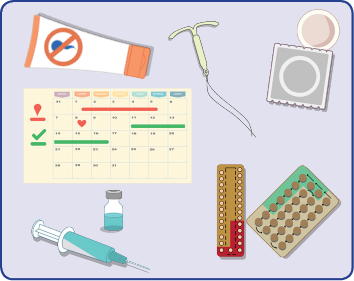
All methods of contraception, except sterilization, are reversible. This means that once you stop using the method, you will get pregnant as normal.
What is long-acting reversible contraception (LARC)?
Long-acting reversible contraception (LARC) is the name given to the group of contraceptive methods that last for the longest time without you having to remember to use them. LARCs are much better at helping to stop pregnancy than are other methods of contraception because you do not have to remember to use them. The LARC methods are used in different ways. Read about them below:
INTRAUTERINE DEVICES
There are two types of intrauterine devices. A small and simple procedure is needed to insert them into your uterus (womb).
The intrauterine copper device (IUD) contains copper and plastic (the copper works to stop you from getting pregnant). The IUD lasts for 5–10 years.
The intrauterine system (IUS) contains the hormone progestogen and plastic (the progestogen works to stop you from getting pregnant). The IUS lasts for 3–5 years.
Implants
The implant is a small plastic rod containing the hormone progestogen (which stops you from getting pregnant). A small procedure is needed to insert the implant under the skin of your arm. The implant lasts for 3–5 years.
Injections
The injection contains the hormone progestogen that works to stop you from getting pregnant. The injection is given into your bottom or leg. The injection works for 3 months.
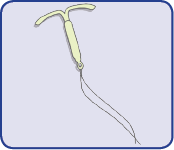
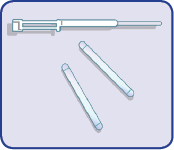
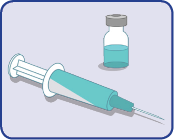
What is hormonal contraception?
Hormonal contraception is the name given to contraception methods that contain hormones. Hormonal contraception is often put into two groups.
- Combined hormonal contraception contains two hormones called estrogen and progestogen. They both work to stop you from getting pregnant.
- Progestogen-only contraception contains one hormone called progestogen. The progestogen works to stop you from getting pregnant.
Combined hormonal contraception
Combined hormonal contraception includes the combined oral contraceptive pill, which you take every day, the vaginal ring, which you put inside the vagina for 3 weeks and the contraceptive patch, which sticks onto your arm for 1 week. Some people with medical problems or who are older and smoke cannot use combined hormonal contraception because of estrogen.
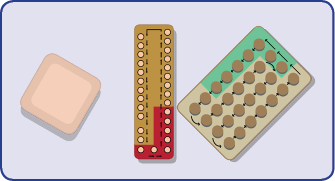
Progestogen-only contraception
Progestogen-only contraception includes the LARC methods discussed above (the IUS, the implant and the injection). There is also a progestogen-only pill that you can take every day.
What are barrier methods?
Barrier method is the name given to the contraceptive methods that stop the sperm from reaching the egg. These include male condoms, female condoms and the diaphragm used with spermicide. Condoms, if they are used correctly, are the only method that helps to protect you against HIV and other sexually transmitted infections. They can be used alone or together with any other contraceptive method.
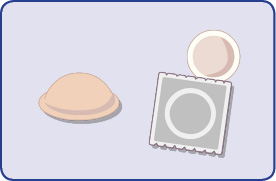
What is the fertility awareness method?
The fertility awareness method tracks the fertile and infertile times of the menstrual cycle by noting the different fertility indicators. This shows when you can have sex without risking pregnancy.
But you should be aware that this is NOT as good or as reliable at stopping pregnancy as other family planning methods.
What is sterilization?
Sterilization is the only permanent method (lasts forever). It is known as vasectomy in a man and sterilization in a woman. These both need a small surgical operation. People should choose sterilization only if they are sure they do not ever want to have any more children.
What is emergency contraception?
If you have had sex without using a method of contraception, you can use emergency contraception to help stop you from getting pregnant. It works better the sooner that you use it after having sex, but it can be used for up to 5 days after having sex. There are two types of tablets that you can take.
Insertion of the copper IUD can also be used for up to 5 days after sex to stop you from getting pregnant.
What are the side effects and benefits of taking contraception?
Side effects
Sometimes people can experience side effects from using contraception methods, but these are normally mild and last for only a short time. Common side effects can be light bleeding, mood changes and skin changes.
If you find that the side effects are bothering you, speak to a healthcare worker who can help you with the side effects or help you to choose a different method of contraception.
It is also important to speak to a healthcare worker before stopping contraception so that you are not at risk of having an unwanted pregnancy. All methods of contraception (except sterilization) can be stopped if you do not like them or if you want to become pregnant.
Benefits
Contraception can also have many benefits, including lighter periods, less painful periods and regular periods.
Ask your healthcare worker about what methods are available and when and how you can get them.
The author of this CONTRACEPTION program is:
- Dr Anna Graham, King's College Hospital NHS Foundation Trust, London, UK
The Welfare of Women program has been created under the General Editorship of Dr Kate Lightly, University of Liverpool, UK and is overseen by an expert International Editorial Board
The publishing reference for this program is: DOI 10.3843/GLOWM.w10031
The Welfare of Women information program is an attempt to provide women everywhere with access to reliable information about key health issues that may be relevant to them. Information is offered at three separate levels which women may select according to their preferences; firstly, short video animations with voice commentary, secondly, more detailed text-based descriptions, and thirdly, links to recommended further reading. With the animated videos, women can also select the images that they feel most comfortable in viewing from a short range of very generalized and non-specific ethnicity options. Because of the special programming used, both the videos and the text information can – when authorized – be translated into any language in a simple and rapid manner.
Recommended links for more comprehensive and detailed reading
The following websites provide more comprehensive and extensive information on this topic, which is both reliable and strongly recommended for readers who want to learn more than the details provided above:
https://www.fpa.org.uk/professionals/resources/
https://patient.info/search.asp?searchTerm=contraception
https://www.contraceptionchoices.org/contraceptive-methods
The films below, from Medical Aid Films, may also be useful:
https://www.medicalaidfilms.org/film/understanding-family-planning/
https://www.medicalaidfilms.org/watch-2/?keyword=contraception&audience&topic&language
There is also a website that discusses about sexual health, including contraception, in a variety of languages:
https://www.zanzu.be/en
Resources the author(s) used in preparing this guidance
WHO Factsheet Adolescent pregnancy Jan 2020
https://www.who.int/news-room/fact-sheets/detail/adolescent-pregnancy
FPA Leaflet 'Guide to Contraception' May 2020
https://www.fpa.org.uk/professionals/resources/
FPA Leaflet 'Guide to Emergency Contraception' May 2017
https://www.fpa.org.uk/professionals/resources/
Health Has No Borders – Global Birth Control Access – Narrated by Connie Britton – Planned Parenthood
https://www.youtube.com/watch?v=duNH3R1a0bU
Contraceptives 101
https://www.youtube.com/watch?v=KyU880oHSxM
International Family Planning 101
https://www.youtube.com/watch?v=fKFZuRHaX2o

